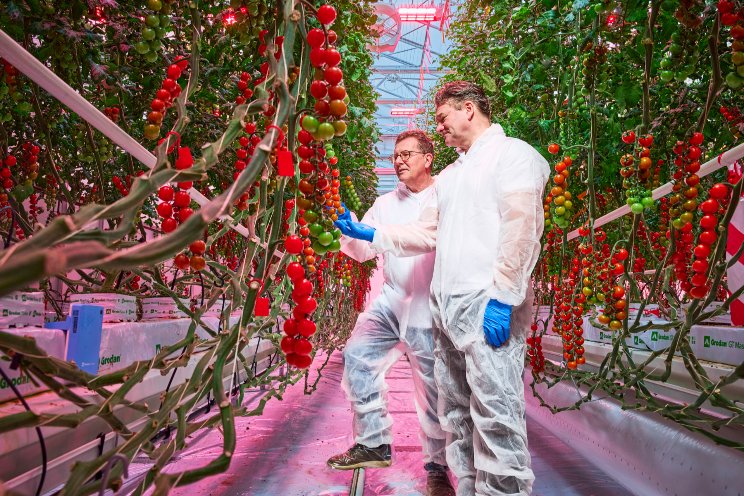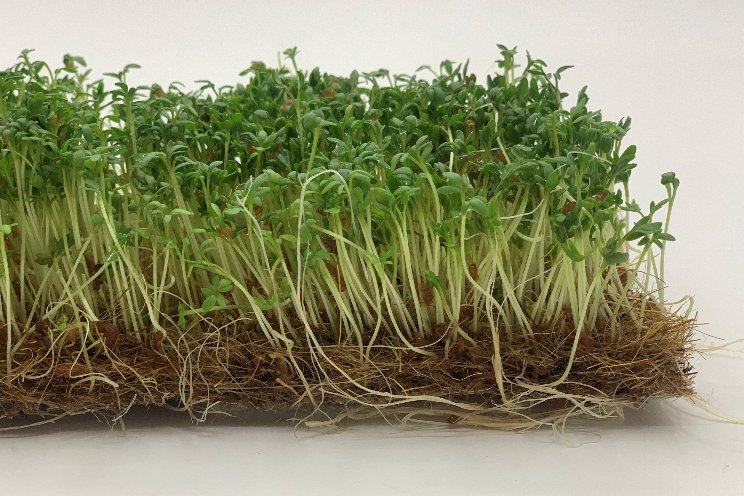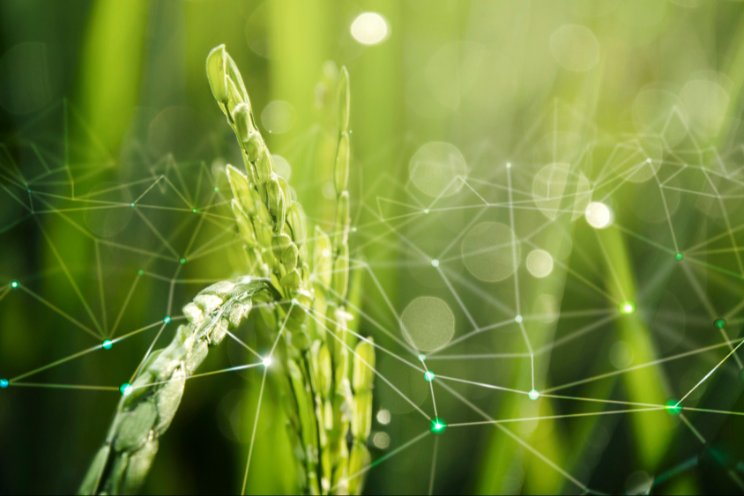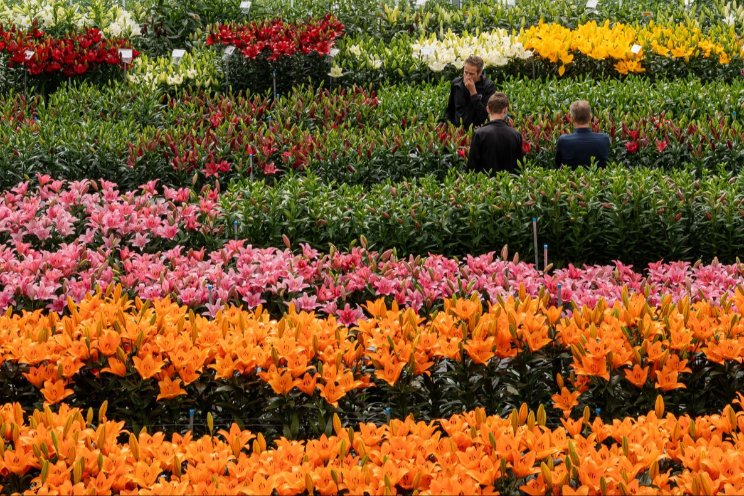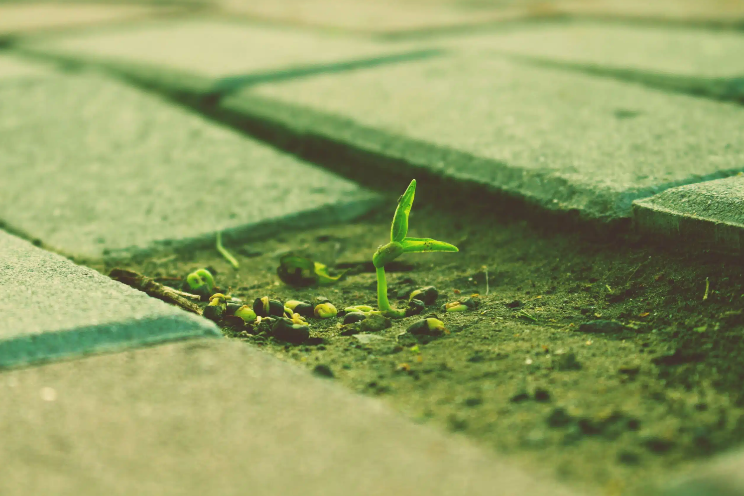Driving the greenhouse industry to sustainability
Added on 17 February 2023

This boom in popularity is based on two factors. First, greenhouses eliminate the uncertainty of seasonal changes and weather to ensure closely controlled growing conditions. Second, and perhaps more importantly, as cities take up more and more of the available space for traditional farming, greenhouse growing enables production of fruit and vegetables to be carried out in urban areas, much closer to the point of consumption.
The challenge for commercial greenhouse operators is that they are often large and complex systems that require multiple processes to function harmoniously. Reliability and consistency are imperative here – if just one parameter goes outside the set limits, it could affect the balance of the entire system.
The irrigation process is particularly crucial, involving a variety of pumps, sprinklers and other equipment – all driven by electric motors which consume considerable amounts of energy. In the current era of energy shortages in some areas of the world, combined with increasing energy costs, particular attention must be paid to optimizing energy efficiency. In addition, water is also a valuable and often scare resource so its consumption must be carefully monitored and controlled to avoid any unnecessary waste.
Continue reading.
Photo created by wayhomestudio - www.freepik.com
More news
